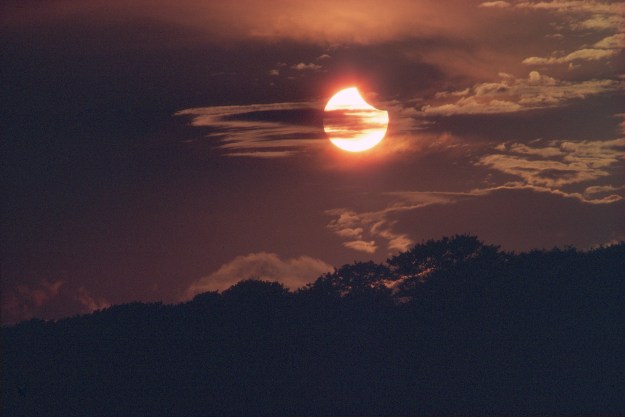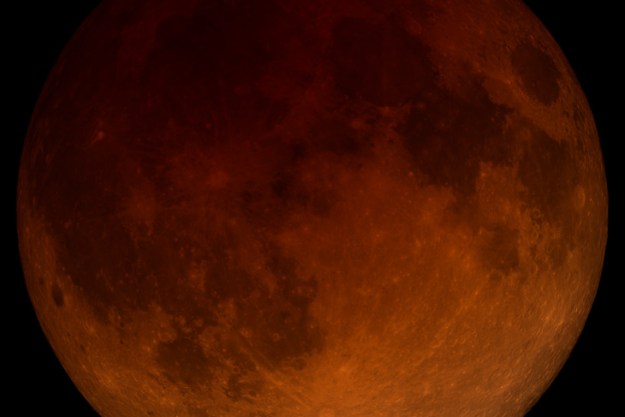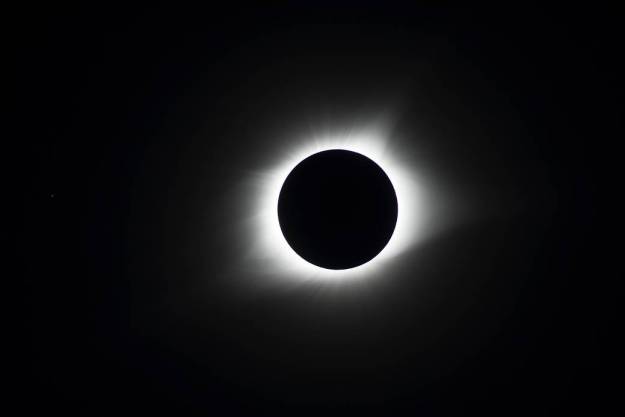
The only total solar eclipse of 2020 will occur this Monday, December 14, when the moon will pass between Earth and the sun and completely block the view of the sun for a few minutes in certain parts of the world. This means that the sun’s atmosphere, called the corona, will be visible for a short time if weather permits, enabling both spectacular views for the public and an opportunity for research for scientists.
The eclipse will be total in parts of Chile and Argentina, plunging areas into darkness for a couple of minutes in the middle of the day, and it will be partial for many other parts of South America. A map of the areas from which the eclipse will be visible is available on NASA’s website.
If you plan to watch the eclipse in person, be careful to never look directly at the sun as this can damage your eyes, even if you wear sunglasses. To observe the eclipse safely, you can use special eclipse glasses or make yourself an eclipse projector.
How to watch the eclipse livestream
If you’re not in South America and don’t have the chance to see the eclipse in person, you can watch NASA coverage of the event including real-time footage of the eclipse as it happens. NASA’s coverage will be in Spanish and will feature scientists explaining how they use eclipse events to study the sun.
Coverage begins at 6:40 a.m. PT on Monday, December 14, with the hour-long show “El eclipse solar total de América del Sur de 2020” beginning at 7:30 a.m. PT on Monday, December 14. You can watch the coverage on NASA TV via NASA’s website.
Rocket launch delayed
The eclipse has some other effects on the space industry as well as boosting public interest in the sun and the solar system. New Zealand company Rocket Lab had planned to launch its Synspective satellite mission using its Electron booster on Monday, December 14, but the launch has had to be pushed back by a day due to the eclipse.
To avoid a solar eclipse that could affect Synspective’s mission, we're now targeting Dec 15 for launch. When customers request a new T-0, we’re happy to oblige. That's the beauty of dedicated launch on Electron, our customers get to choose (and change!) their launch time. pic.twitter.com/ay78xID37B
— Rocket Lab (@RocketLab) December 11, 2020
The launch was already pushed back due to poor weather on the launch range and is now targeted for Tuesday, December 15 instead.
Editors' Recommendations
- When is the next total solar eclipse?
- What kind of view will ISS astronauts get of the solar eclipse?
- How to watch the annular solar eclipse this week, in person or online
- How to watch the total lunar eclipse this week
- How to watch the launch of the cargo craft ‘Sally Ride’ to the ISS on Monday




